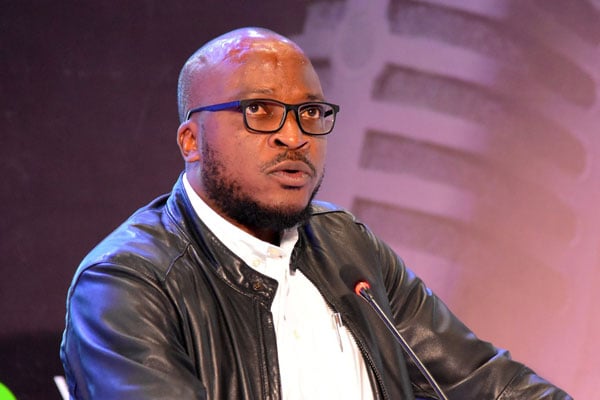Prime
Fact check helps media flag recycled falsehoods

Mr Odoobo C. Bichachi
What you need to know:
Media houses should invest in fact checking the most commonly peddled claims and make a databank.
In politics, as in war, the truth usually takes flight and this is more intense in an election period like we are in today. The media can, therefore, choose to give currency to the unsupported claims or to shoot it down. Social media will certainly multiply the lie several fold; twist it, embellish it and keep it up in the air.
Professional media on the other hand, can – and should – shoot it down. It can do this by use of fact checking and calling out politicians telling lies, or simply mute unsubstantiated claims. That is how outgoing US President Donald Trump was flagged every time he tweeted lies in the run-up to this month’s election.
Usually some lies have been hanging in the air for a long time and a politician simply picks it up, dusts it and gives it a new life. The responsibility of the media is not to spread them as they are uttered each time, it is to qualify them, to fact check and give the readers what it considers to be the truth backed by facts.
I will use two such claims to illustrate the point. The first was attributed to National Unity Platform (NUP) spokesperson, Joel Senyonyi, who claimed on NTV Fourth Estate programme of November 1 that: “At some point, we were at the same level with Singapore, even better but look at us [Uganda] today.”
This was to demonstrate that years of mismanagement have prevented Uganda from achieving its full potential.
It passed on the programme, but was flagged by journalist Ivan Okuda on Twitter. Senyonyi did not create it, he simply propagated an old lie that has been around in Uganda. So what do the facts say?
According to www.countryeconomy.com (a website that has compiled historical World Bank/IMF statistics on the world’s economy by country), the annual Gross Domestic Product (GDP) of Uganda in 1962 when we attained Independence was $449m, while that of Singapore was $826m. GDP is the total monetary or market value of all the finished goods and services produced within a country’s borders in a specific time period.
One year later in 1963, it was $516m vs $918m. In Obote’s last year (1970), Uganda’s GDP was $1,260 vs Singapore’s $1,921 and in 1986 when Museveni came to power, it was $5,199 vs $18,780. Today (2018) it stands at $28,116 vs $364,139.
So clearly, Uganda has never been at the same level with Singapore! Comparison with South Korea, again commonly peddled around by even President Museveni is even more telling.
The other unsupported claim was a news post on the KFM social media page quoting NUP leader Robert Kyagulanyi saying: “Mr Museveni, you killed more than half a million people on your way to power, how many do you want to kill on your way out?”
Apparently, Kyagulanyi was talking to his supporters attending prayers for those that died during protests last week.
Now this is not to pick on NUP. In fact, another unverified claim has always been made – curiously by President Museveni and his NRM party officials – that Idi Amin’s government killed 300,000 Ugandans in 1970s and Obote’s government of 1980s killed another 300,000 Ugandans in Luweero Triangle. The important thing for a journalist to do in this case is to check the population numbers. Unfortunately, earlier census did not capture administrative areas, they captured ethnic numbers.
Still, this can be extrapolated. The 2014 population of the infamous Luweero Triangle (Kiboga = 165,100, Luweero = 458,158, and Nakasongola = 181,863) was 805,121. That means 15 years earlier at a growth rate of 3 per cent, it could have been more than 500,000 people. Now consider 300,000 dead! That is a genocide and couldn’t have escaped documentation.
Indeed, it makes political sense for politicians to reel off figures or grand claims to make a point or put down an opponent. However, as journalists, we are in the business of telling the truth based on facts so we shouldn’t just re-broadcast them, we should ask questions and refer to authoritative data.
We should appreciate, however, that this is a challenge for a lone journalist out there filing a story. This is why media houses should invest in fact checking the most commonly peddled claims and make a databank that should be a click away from reporters and sub-editors.
Send your feedback/complaints to [email protected] or call/text on +256 776 500725.




